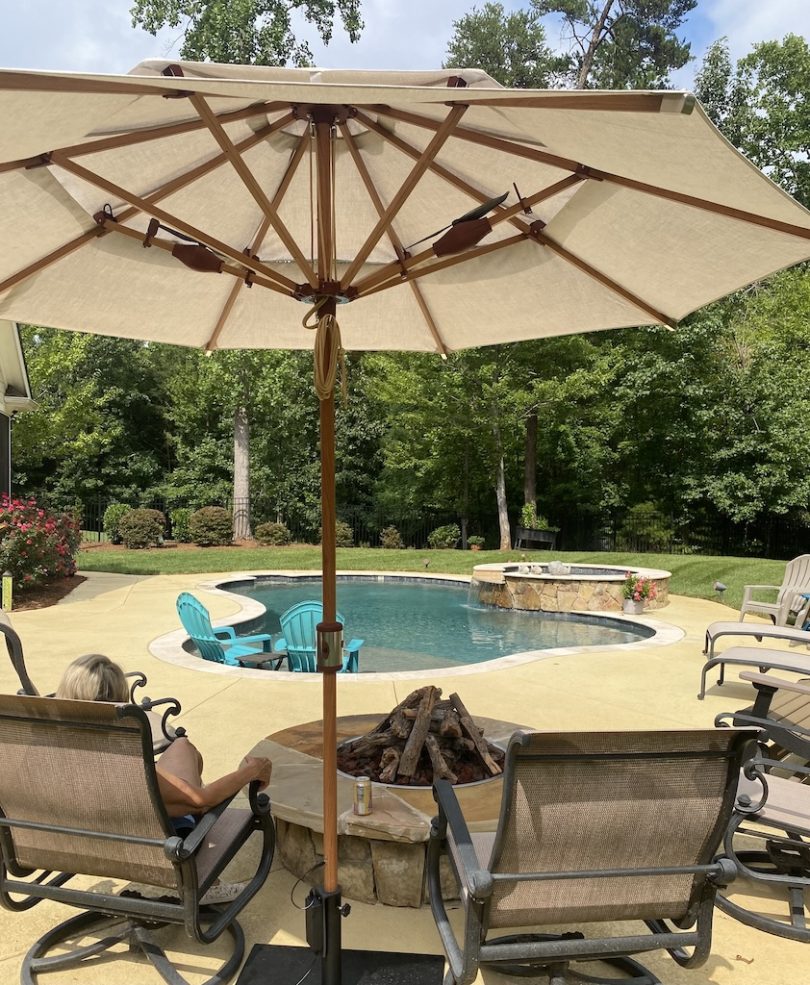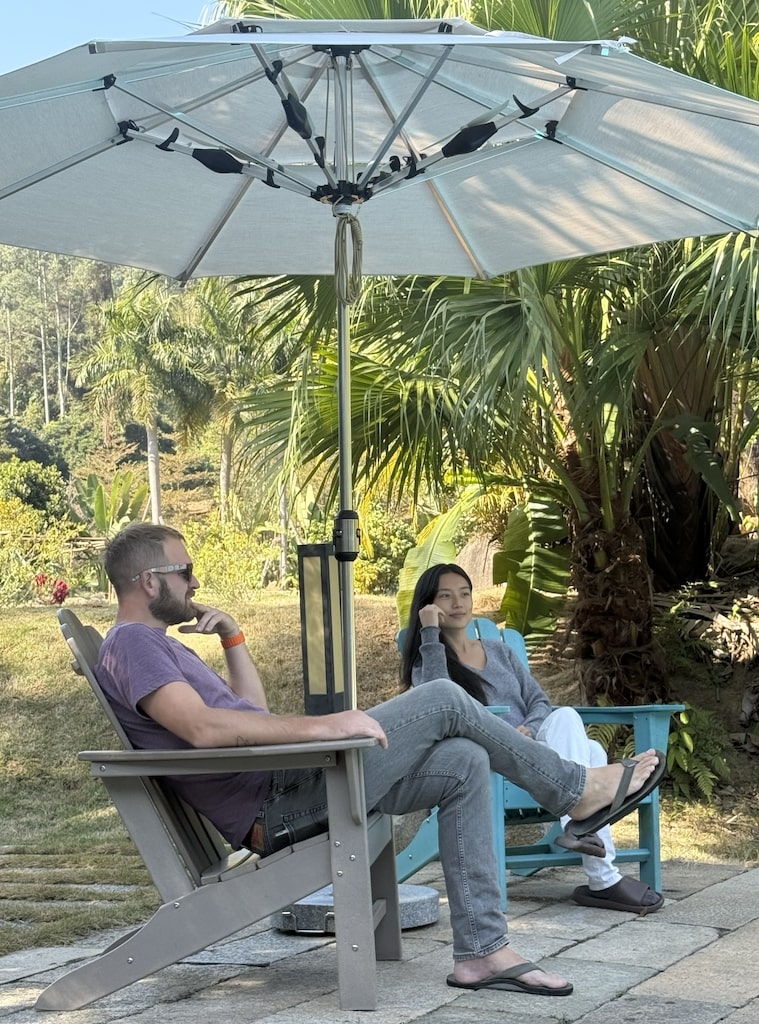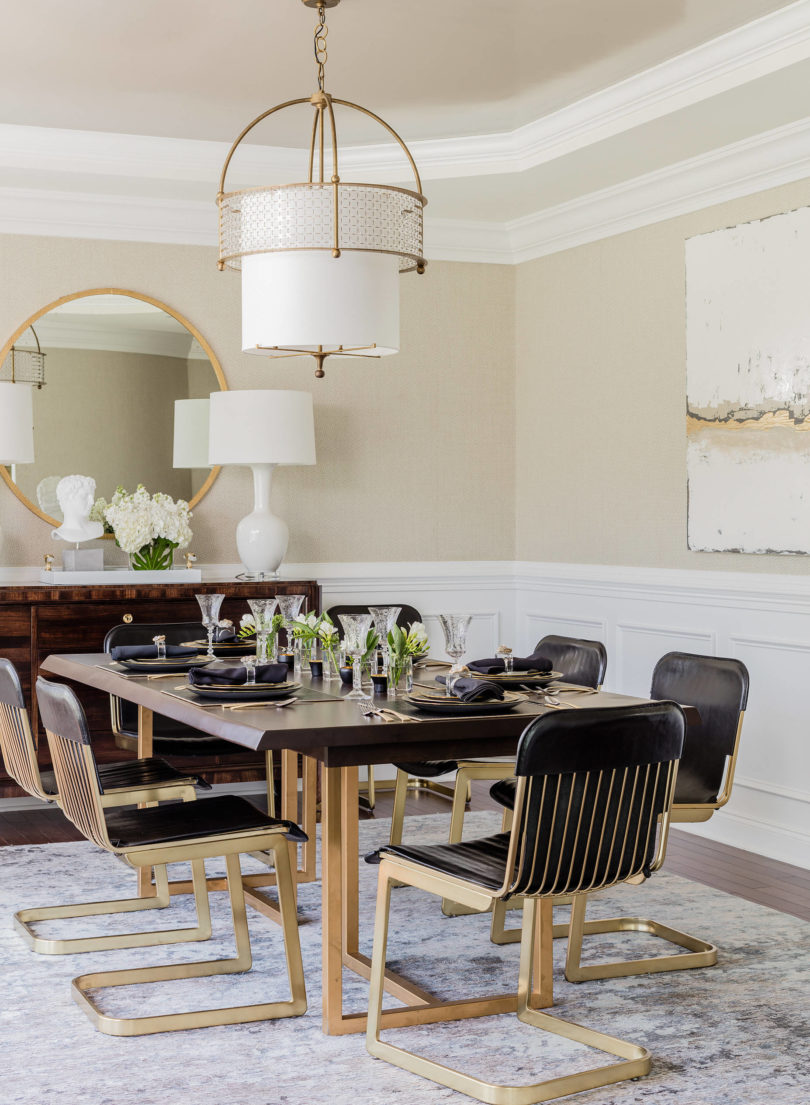I’ve always loved spending time outside, but between the blazing sun and still summer air, my patio often felt more like an oven than an oasis. That changed the day I discovered the Alizé Umbrella — a smart, stylish upgrade that completely redefined what outdoor comfort means.
The Smart Shade That Does It All
The first thing you notice about the Alizé Umbrella is that it’s not your typical patio shade. It’s actually the first fan-integrated patio umbrella — engineered to give you both cool shade and a refreshing breeze at the same time. Instead of just blocking the sun, it brings real airflow right where you need it.
With dual brushless DC fans that quietly circulate up to 4,200 CFM of air, it creates a calm, steady breeze that feels like sitting seaside, even on the stillest days. What really impressed me is how whisper-quiet the fans are — you can feel the airflow but barely hear a thing. It’s all controlled with simple push-button operation, which makes it totally seamless and cordless. And since it even includes built-in USB ports, I can keep my phone or tablet charged while relaxing — no extension cords, no extra gadgets cluttering the patio.
Built for Real Weather, Not Just Nice Days
It’s easy to fall for a beautiful design, but the Alizé Umbrella isn’t just about looks — it’s built to last. Every part of it feels solid and thoughtfully made. The umbrella is wind tunnel tested up to 41 MPH, which gave me peace of mind knowing it can handle those unexpected summer gusts.
The frame is made from premium marine-grade aluminum, the hardware is stainless steel, and the canopy fabric is Olefin — a durable, weatherproof and fade-resistant material that also provides UPF 50+ UV protection. After leaving it open for weeks in the sun, it still looks brand new. It’s clear that this thing was designed for the real outdoors, not just perfect-weather afternoons.
And there’s a story behind that level of craftsmanship — the umbrella was designed by a former sailor inspired by Caribbean trade winds, which explains why every detail feels engineered for both beauty and endurance.
Coastal Style With Timeless Appeal
I’m a big believer that your outdoor space should feel like an extension of your home — and the Alizé Umbrella delivers that effortlessly. The design is clean and modern, but with a hint of coastal charm. The finishes are Caribbean-inspired, available in gorgeous tones like Cast Mist and Sandstone, which fit perfectly with natural stone, wood, or even modern concrete patios.
When I set mine up by the pool, the difference was instant. The soft color, the subtle lines, and that gentle breeze gave the whole space a resort-like vibe. It felt less like my backyard and more like a private retreat. Whether it’s open over my lounge chairs or shading my outdoor dining area, it adds that finished look that makes guests stop and say, “Wow, where did you get that?”
Effortless Comfort, Every Day
One of my favorite things about the Alizé Umbrella is how easy it is to live with. There’s no setup hassle — the fans and shade are fully integrated, so you just open it, press a button, and enjoy. No separate fan to assemble, no cords to hide, and no maintenance headaches.
It’s perfect for lazy weekend mornings with coffee, family pool days, or even evenings with friends. Having that gentle breeze overhead keeps everyone comfortable, and the built-in charging ports are a small but brilliant touch for keeping devices powered while we hang out.
A New Standard for Outdoor Living
It’s no surprise that Alizé literally means “the breeze” — it captures exactly what this umbrella delivers. The Alizé Umbrella combines smart technology, thoughtful design, and durable craftsmanship to create a whole new level of outdoor comfort.
If you’ve ever dreamed of turning your patio into a peaceful retreat — the kind of space where you can relax, recharge, and entertain in comfort — this is the upgrade that makes it happen. For me, it’s not just an umbrella anymore; it’s the heart of my backyard. And once you’ve experienced that built-in breeze, you’ll never look at shade the same way again.




